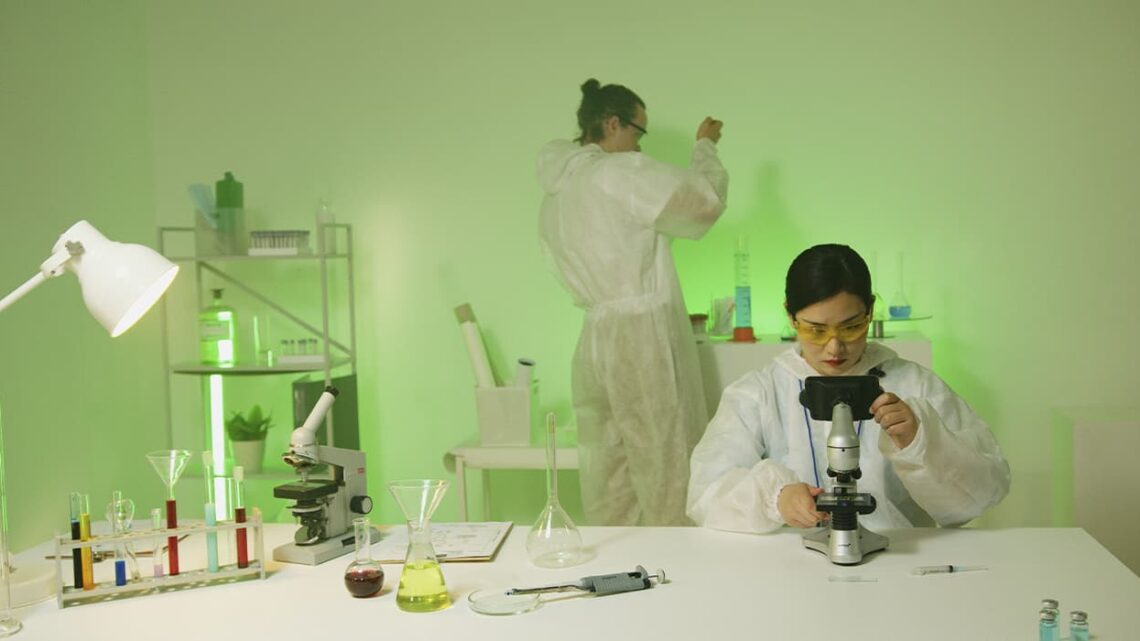Since the American system of scientific societies has been developing for a long time, not only is it clearly structured and diverse, but the activities of societies are also clearly defined in the legislation. For example, most societies can “educate” politicians and express their positions, but lobbying is not. The notion of lobbying is defined in the Federal Lobbying Disclosure Act and implies that lobbyists have financial interests and expenses to pay professionals. At the same time, expressing positions, issuing resolutions and other forms of civic activity are regarded as “educational” or “informational” activities and are therefore permitted by law. But they are also quite clearly structured – these are different genres and different styles of documents.
One of the most famous scientific societies actively involved in science policy is the American Association for the Advancement of Science (AAAS). It was formed in 1848, taking into account the experience of scientific organizations in Great Britain and Germany, which by that time were already working successfully with their governments. The Association currently has about 120,000 members, a nearly 300-fold increase since its founding.
AAAS’s interaction with the government developed unevenly and went through several important phases. Initially, the Association became very active in science policy – in the first five years, 14 resolutions were sent to the government, which expressed a position primarily on the implementation of individual projects (e.g., geological research, nature conservation, in particular, the protection of forests).
Later on it came to be understood that too active engagement with the government could undermine the credibility of the associations’ statements, and so the number of comments on various drafts of legislative and regulatory documents decreased and never reached the level of initial intensity.
Beginning in 1976, the Association began to conduct an annual review of research and development budgets, and the reviews proved to be very much in demand. This facilitated networking and communication with members of Congress as well as government officials from the various agencies involved in budgetary matters.
In addition to AAAS, several other scientific societies–specialized by field of science–whose influence, also because of their breadth, on science policy is most significant, are worth mentioning. These are the Chemical Society, the Physical Society, the Mathematical Society, and the Society for Microbiology.
The budgets of the scientific societies are largely based on the fact that they publish highly cited journals. The American Physical Society, for example, receives 75% of its budget from publishing (membership dues are about 10%); the American Mathematical Society receives over 70%; the American Society for Microbiology receives about 65%; and AAAS receives about half of its budget.
Scientific societies are also supported by industry, since their members are not only “academic” but also scientists directly related to industry. This is especially true in industry-related disciplines – e.g., the Chemical Society, the Microbiological Society.
A central theme in communicating with the authorities is the funding of science. The political activity of societies in this area has particularly increased in the last few years due to the sequestration of science. The second area of interaction is on topics related to solving global problems: climate change, cloning, and various medical issues. The third group brings together emerging discussions on the organization of science – for example, open access to journal publications, peer review of projects, criteria for evaluating the quality and results of scientific work.





